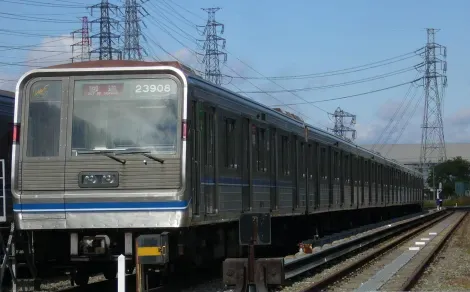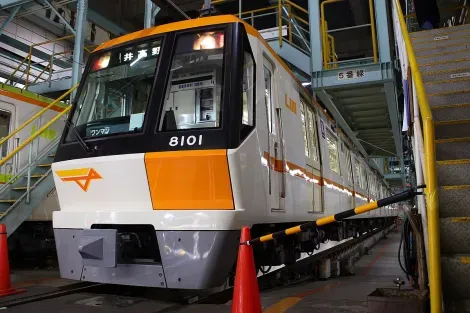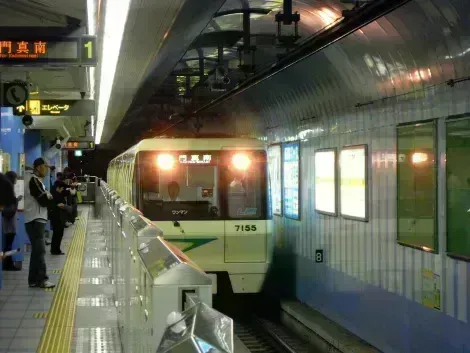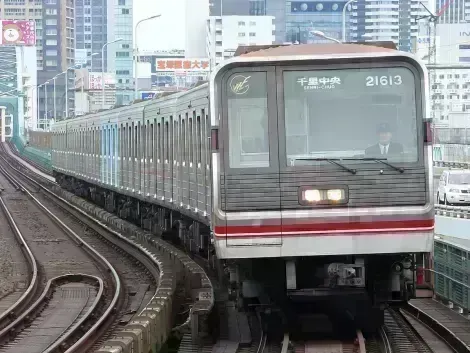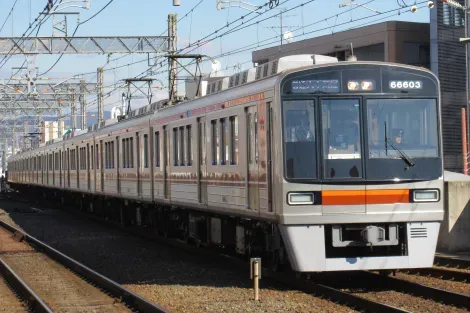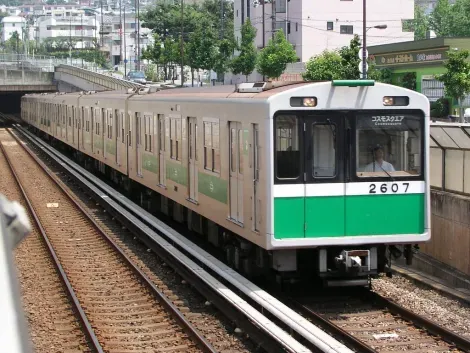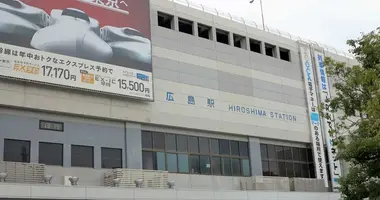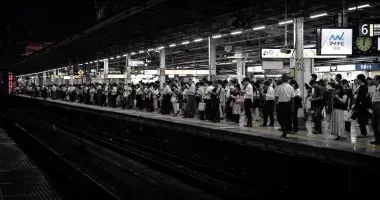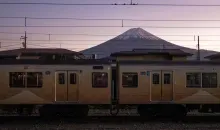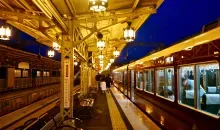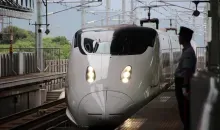Osaka Subway: A Comprehensive Guide for Visitors
Osaka, a bustling metropolis in the heart of Japan's Kansai region, boasts an extensive and efficient subway system that makes exploring the city's main areas and attractions a breeze. With 8 color-coded lines and 123 stations, the Osaka Metro is the most convenient way for visitors to navigate this vibrant city. This guide provides an overview of the subway network, its key lines and stations, fares, and tips for a smooth journey.
Osaka Subway Lines and Key Stations
The Osaka Metro comprises eight main lines, each identified by a color and letter code:
- Midosuji Line (Red Line, M): The main north-south line connecting major hubs like Umeda, Namba, and Tennoji.
- Chuo Line (Green Line, C): The main east-west line linking Osaka Castle area to the bay area.
- Other notable lines:
- Tanimachi Line (Purple, T)
- Yotsubashi Line (Blue, Y)
- Sennichimae Line (Pink, S)
- Transfer stations and connections to other train lines (JR, private railways):
- Umeda Station (Midosuji, Tanimachi, Yotsubashi Lines)
- Namba Station (Midosuji, Yotsubashi, Sennichimae Lines)
- Tennoji Station (Midosuji, Tanimachi Lines)
Fares, Tickets and Passes
The Osaka Metro fare system is based on the distance traveled, with ticket prices ranging from ¥180 to ¥370 for adults and ¥90 to ¥190 for children (aged 6-11; younger children travel for free). To make your journey more convenient, consider using:
- IC cards (Icoca, Pasmo, Suica): These rechargeable smart cards allow for tap-and-go travel and can be used on most public transport in Japan.
- Osaka subway passes and tourist discount tickets: The Osaka Amazing Pass and Enjoy Eco Card offer unlimited subway and bus rides for 1-2 days, plus discounts at popular attractions.
Osaka Subway Map and Navigation Tips
To navigate the Osaka Metro with ease:
- Familiarize yourself with the official Osaka subway map, which uses colors and codes to identify lines and stations.
- Each station has a unique number (line letter + station number) for easy identification.
- Follow signage in stations, platforms, and trains, which often include English translations.
Riding the Osaka Subway: Etiquette and Useful Information
To ensure a pleasant journey for yourself and fellow passengers:
- Avoid rush hour crowds when possible (typically 7-9 AM and 5-7 PM on weekdays).
- Allow passengers to exit the train before boarding.
- Be mindful of priority seating (reserved for elderly, disabled, pregnant, or passengers with small children) and women-only cars (available on some lines during peak hours).
- If traveling with luggage, strollers, or wheelchairs, be considerate of other passengers' space.
- Familiarize yourself with emergency information and procedures.
Accessibility Features
The Osaka Metro is committed to providing an accessible environment for all passengers, with features such as:
- Elevator and escalator access at most stations
- Tactile paving for visually impaired passengers
- Wheelchair accessible restrooms and multipurpose toilets
- Multi-language announcements and information boards
Popular Attractions and Stations
Use the Osaka Metro to easily reach the city's must-visit areas and their closest stations:
- Osaka Castle (Morinomiya Station, Osakajo Koen Station)
- Dotonbori (Namba Station)
- Shinsekai (Dobutsuen-mae Station)
- Umeda Sky Building (Umeda Station)
The subway also provides convenient access to Kansai International Airport (via Tennoji Station on the Midosuji Line) and Universal Studios Japan (Universal City Station on the JR Yumesaki Line, accessible from Nishikujo Station on the Chuo Line).
With its comprehensive network, user-friendly features, and connections to Osaka's top attractions, the Osaka Metro is your key to unlocking the best of this incredible city. Arm yourself with this guide and an IC smart card, and embark on your Osaka adventure with confidence!








